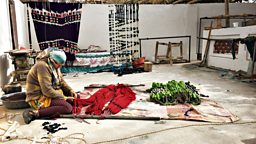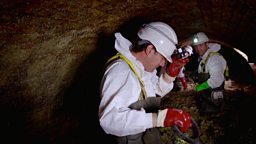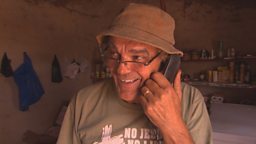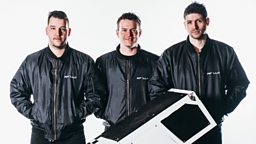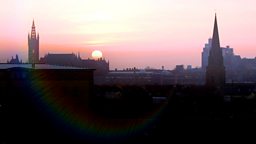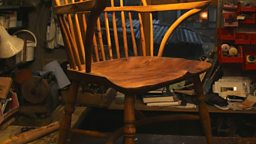“Is the colour you see the same as the colour I see?” — How I explored the hidden stories of our planet’s colours

By Helen Czerski, Physicist and Presenter
We take colour for granted. We have to, because otherwise we’d be entirely distracted by it.
But once in a while it’s rewarding to pause and look a bit closer, just to see what those colours are telling us. And then we can go back to taking it for granted, but our world is richer because now we know the stories hidden in the code. That’s what Colour: The Spectrum of Science is all about.
As we were making the series, I asked members of the public for their questions relating to colour, and I’ve answered some of the most popular ones here.
One question stood about among the rest because it was asked again and again. People really care about it. The question is:
“Is the colour you see the same as the colour I see?”
I think that the reason people asked is because they want reassurance: colour is so important to us that it’s vital it’s the same for everyone. I think this apple is red and I want you to think the same thing.
Otherwise, how do I know that my interpretation is right or whether it means anything at all? Surely a red apple is red, and that’s the end of it. But how do you check? And then along came The Dress.
Is The Dress blue and black or white and gold?
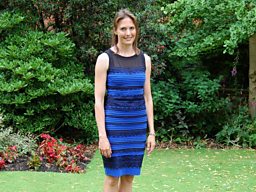
It turned out that people don’t always interpret the world in the same way and it made such huge social media waves because it seemed so unbelievable.
What do you mean, you think it’s blue? Of course it isn’t!
The other thing that stands out about colour – both the colours we do see and the ones that we don’t (ultraviolet, infrared and far out on the spectrum on either side of them) – is how important it is to be able to separate the colours out.
The world gives us mixtures of colours that are overlaid on top of each other, and you can easily filter some out and leave the rest. When we use an infrared camera, we’re choosing to look at infrared light and nothing else. When a telescope looks for x-rays in space, it ignores everything else. Our eyes see one slice of what’s there, and we’re blind to the rest.
Tennessee Fireflies
A beautiful example of how easily you can tune into certain colours happened while we were filming fireflies in Tennessee.
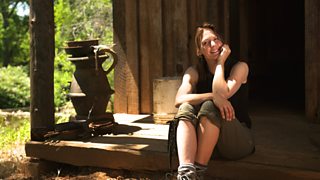
We’d been told that we had to use red headlamps so that we didn’t disturb the fireflies. When we’d almost finished filming at 1am, I was sitting in the pitch black forest by myself with my red headlight, making notes about the last bit I was going to say to camera.
Everyone else was setting up the place where we were going to film, and after a while I went along to join them. I took one last glance at my notes under the director’s headlight (which was white) and this is what I saw:-
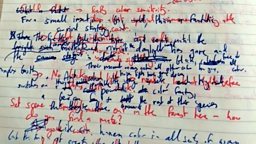
I had been writing in blue ink, but I had written over my notes from the previous day, which I’d made in red pen. I realized that under the red headlight, the red ink had been entirely invisible. White paper reflects red light, and red ink reflects red light. I couldn’t have seen my earlier notes using the red headlight, so I’d just written right over the top of them in blue ink. In full white light, I couldn’t read either one.
I was absolutely delighted by this – it had never occurred to me as something that could happen. (The crew were not nearly as excited by this as I was, but I can forgive them that because it had been a very long day!)
But this is what our colourful world is like.
All the colours are overlaid on top of each other, and each one is completely independent of the rest. Each species and each device effectively tunes in to a limited range of the colourful cornucopia. It’s easy to forget that the other colours are there. But if we couldn’t filter, we’d never made any sense of the world, just as I couldn’t make any sense of my notebook.

Colour is an essential part of our world. And, with a bit of filtering and a bit of background knowledge, science and culture and history and beauty are revealed. Watch Colour: The Spectrum of Science to see just some of the amazing stories the world has to tell.




